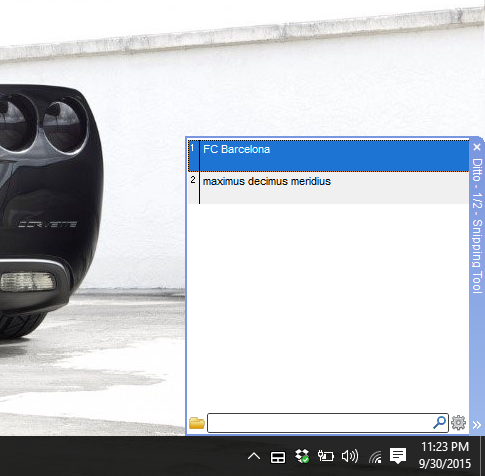If you are having problems with your Windows 10 system going to sleep, try these solutions to see which fix works for you. There are several techniques for you to pick and choose from, so try and see which one works for you!

There is a rare problem in Windows 10 systems where they don’t properly and reliably wake up from sleep or not go to sleep as they are supposed to. This leads to increased power consumption which if you are on a laptop can result in unnecessary overheating or depleting of the battery.
The harm that comes from the above can not only have a serious impact on your system performance but will also reduce the lifetime of your system hardware due to high temperatures if you are carrying your laptop in a bag and it failed to go to sleep.
Your laptop will continue running while in an enclosed space trapping hot air around it and as such you will soon have a very expensive hot potato building up right in your bag!
Which is why if you are facing the issue of your system failing to sleep in Windows 10, we highly recommend you take action immediately for the better of your hardware!
While Windows 10 has proven to be great for your battery life, you can still get the most of your battery life by avoiding the sleep state problem.
Fixing Windows 10 Sleep & Wakeup Problems
It is highly advised that you only try these if you are currently facing the issue of your system not going to sleep or otherwise waking up from sleep. Doing so otherwise can have adverse effects on your system and its operation.
METHOD 1: Disabling Wakeup Triggers from Task Scheduler
Step 1: Launch the Task Scheduler app on Windows by searching for it from the Start menu.
Step 2: Navigate to the following:
Task Scheduler LibraryMicrosoftWindowsUpdateOrchestratorReboot
Step 3: When you reach here, navigate to Properties, from here go to Conditions and uncheck the option of Wake the computer to run this task.

Step 4: Now we will go back to the Task Scheduler Library (You can find this with Windows Key + S and searching for Task Scheduler).
Step 5: Navigate to MicrosoftWindowsWindows Update and go to Automatic App Update.
Step 6: In here you will look for the “Triggers” tab and disable the options available in that tab. Make sure you set the Status to “Disabled” by unchecking the following box:

That’s the end of Method #1. Try making your Windows 10 PC go to sleep. Hopefully, it will do so reliably. If not, try this other method!
METHOD 2: Disable PC Wakeup For Installing Updates
Step 1: Run gpedit.msc from Run (CTRL + R)
Step 2: Navigate to the following: Computer Configuration / Administrative Templates / Windows Components / Windows Update
Step 3: Double click on “Enabling Windows Update Power Management to automatically wake up the system to install scheduled updates“ and change its state to Disabled.

This will ensure your system doesn’t randomly wakeup to install any updates – cumulative or otherwise.
METHOD 3: Disallow Scheduled Maintenance To Wakeup Your Windows 10 PC
Step 1: Go to Control Panel > Security and Maintenance.
Step 2: You will find the option of Automatic Maintenance under Change Maintenance settings; you will find the option to disable it and save the changes.

You can do this by deselecting the option shown below:

METHOD 4: Remove Any Plugged In USB Devices

Additionally, from my personal experience, any USB device plugged into your system can trigger the system to wake up.
This is the case for my Bluetooth mouse which had a USB dongle and accidentally clicking the mouse while in my bag would make the system wake up while the USB dongle was still plugged in.
Remove any USB attachment to your system including Bluetooth dongles for your wireless components.
METHOD 5: Never put the PC to sleep manually
This is the last resort because it is unlikely to be the culprit. You have to go to your Power Options in Control Panel and make sure the option of “Put the computer to sleep” is at a specified time has a time parameter attached to it. It should not be set to “Never”.

These steps have been carried out on the x64 version of Windows 10 Build 10586.164, there is no reason that the same steps will not work on the x86 or other versions of the OS as long as you are able to access the necessary options listed in the above!
These are all the methods that we have to offer for you at the moment, do try these one by one and only try the next method if the previous one fails to work for you.
If all of the above fail to work for you, the last recourse would be to re-install Windows 10 which is a sure-fire solution to solving your sleep issue in Windows 10.
If you are currently facing the problem of your system failing to sleep in Windows 10, let us know in the comments section. We’d like to know which method worked for you!
The post 5 Different Fixes For Computer Not Sleeping In Windows 10 appeared first on Windows Clan.




